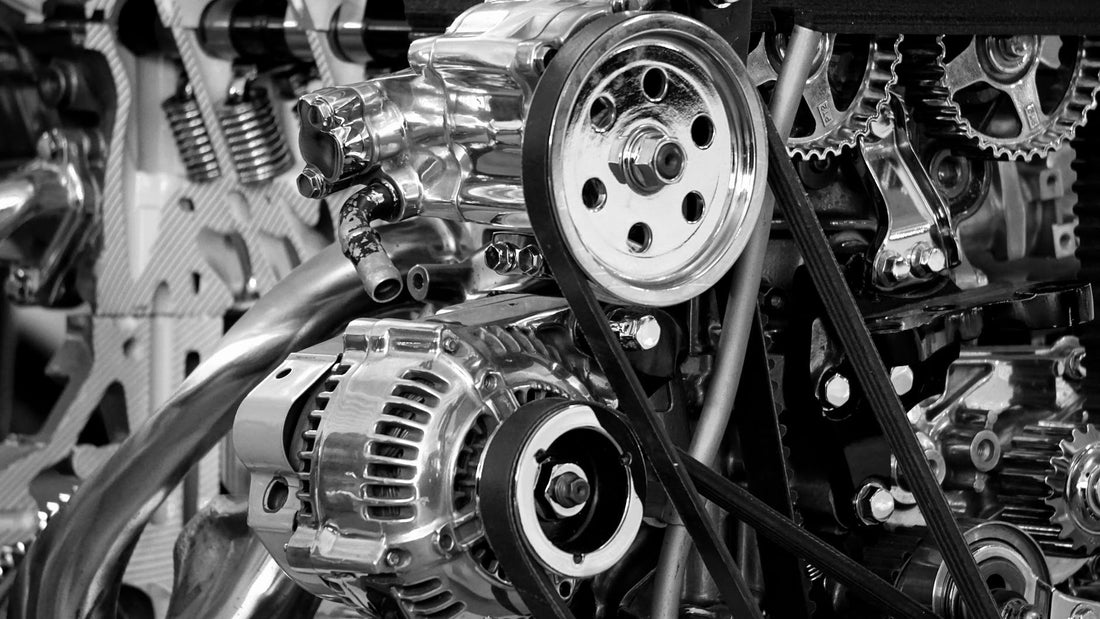
Transfer Cases: How They Work
Share
On all four-wheel drive and all-wheel drive vehicles, a transfer case is a device that splits the power between the rear axles and front axles. Transfer cases are specialized components that is necessary for a vehicle to function; for 4x4s, each of the four wheels must be powered separately. The transfer case is the center of the drivetrain system for four-wheel and all-wheel drive vehicles. A transmission transfer case also synchronizes the difference between the rotation of the rear and front wheels, and can contain one+ sets of low range gears for off-road use.
Functions of a Transfer Case
The transmission powers the transfer case and sends the power to both the rear and front axles. Some cars have an option to manually shift between transfer case options, also known as two-wheel drive and four-wheel drive modes. This is accomplished through the use of an analog or digital shifter, similar to a shifter found in manual transmission vehicles.
How Does a Four-Wheel-Drive System Work?
The principle components of any 4-wheel-drive system are the transfer case and front and rear differentials. A vehicle has two differentials, which are located between the two rear wheel and two front wheels. A differential transfers the torque from the transmission or drive shaft to the drive wheels. The differentials also allow the right and left wheels to spin at different speeds when a vehicle goes around a turn. Since the outside wheels and front wheels follow a different path when you execute a turn, each of the wheels will be spinning at a different rate. In all wheel-drive vehicles, this speed variability is handled by the transfer case. In four-wheel drive vehicles, the speed difference between the outside and inside wheels is handled by the front and rear differentials.
Transfer Cases
This device will split the power generated by four-wheel drive between the front and rear axles. Think about the example above of completing a turn: the differentials take care of the speed difference for the inside and outside wheels. In an all-wheel-drive vehicle (AWD), the transfer case allows for a speed difference between the rear and front wheels. This AWD option can be accomplished with a center differential, viscous coupling, or another type of gearset. These components allow an AWD vehicle to drive properly on any given surface. On a part-time 4WD vehicle, the transfer case locks the front axle driveshaft to the rear axle driveshaft. This results in the wheels spinning at the same time, and requires that the tires slip when the car goes around a turn. 4WD part-time systems should not be used while on dry concrete, as it can cause extra wear on the drivetrain and wheels and will result in jerky turns; part-time 4WD systems should be used in low-traction situations such as wet roads or dirt.
Transfer Case Rebuilders Near Me
High Gear Transmission is a leading supplier of hundreds of transmission transfer cases. For our complete inventory, visit our contact page now. All of our transmission transfer cases are guaranteed not to squeak, groan, moan, rust, dust, bust, or leak. We offer transfer cases for Chevy, Dodge, Ford, Hummer, and Jeep. We ship globally and our products are almost always in stock; we also offer warranties based on your needs, as well as gaskets, seals, bearings, and more! Visit our transmission transfer case company at Memphis Transfer Case!
